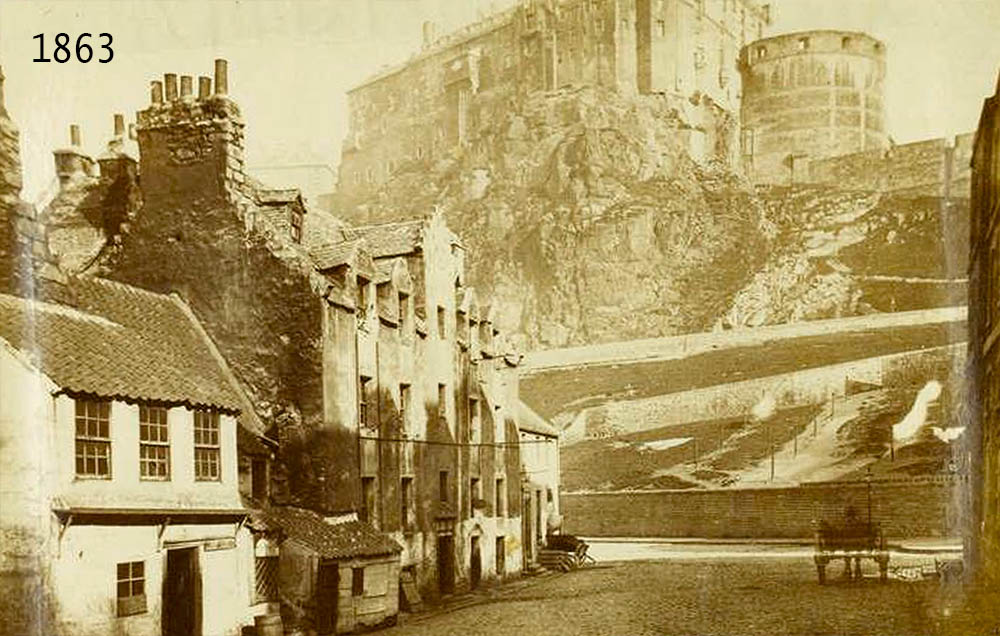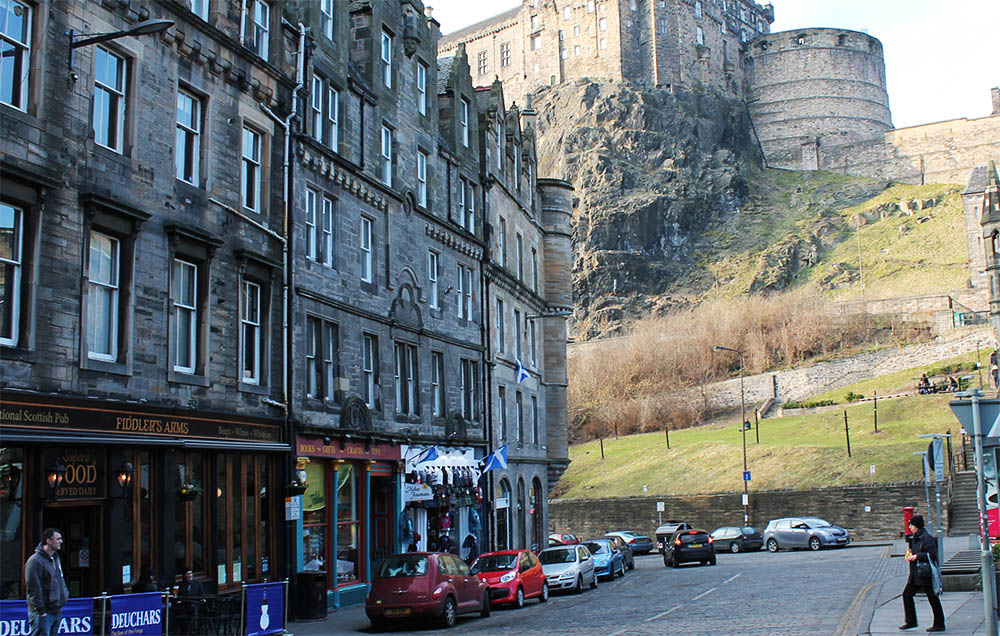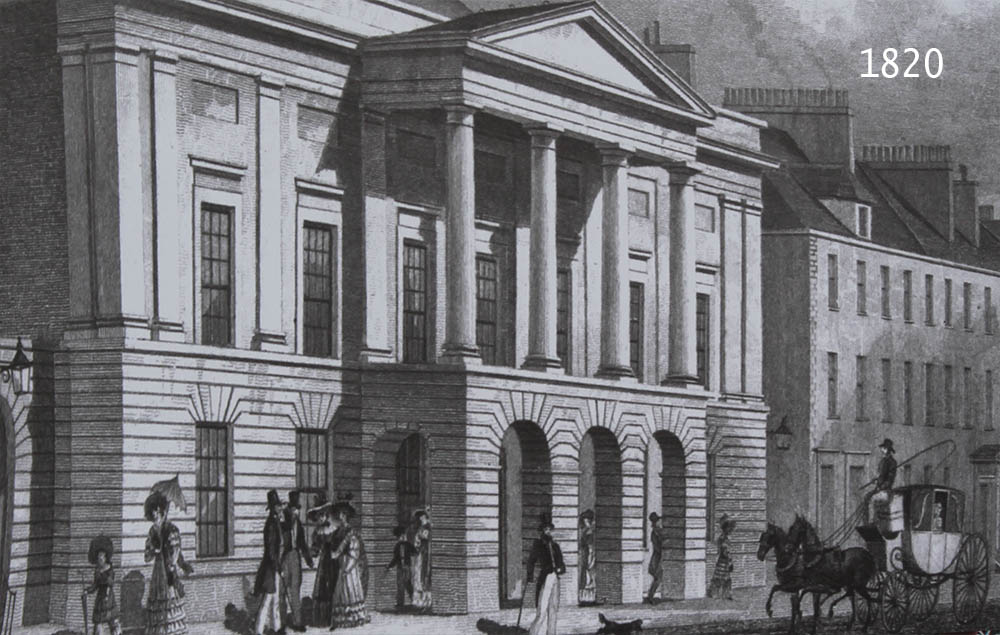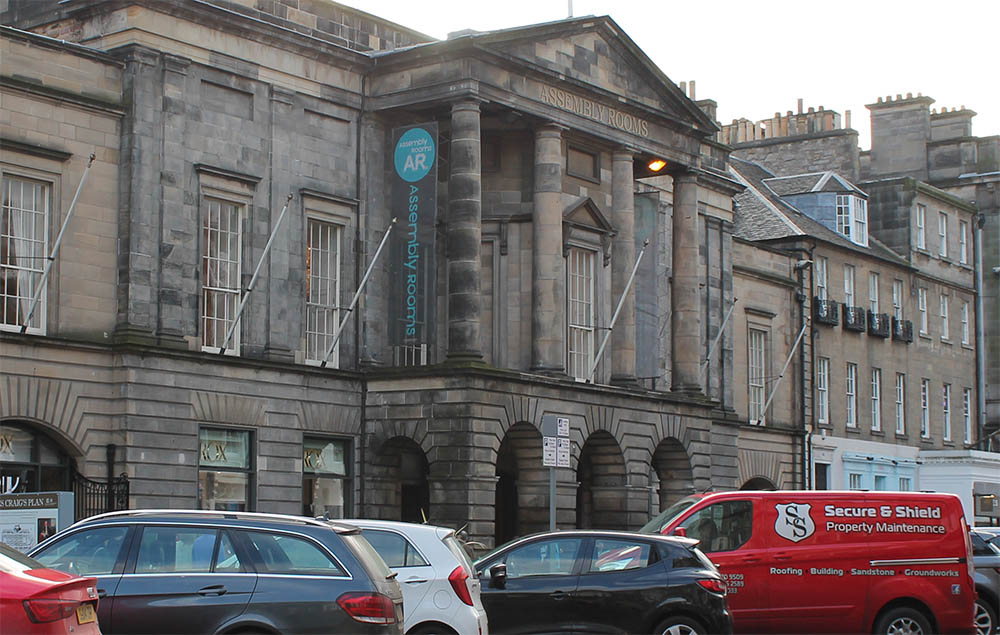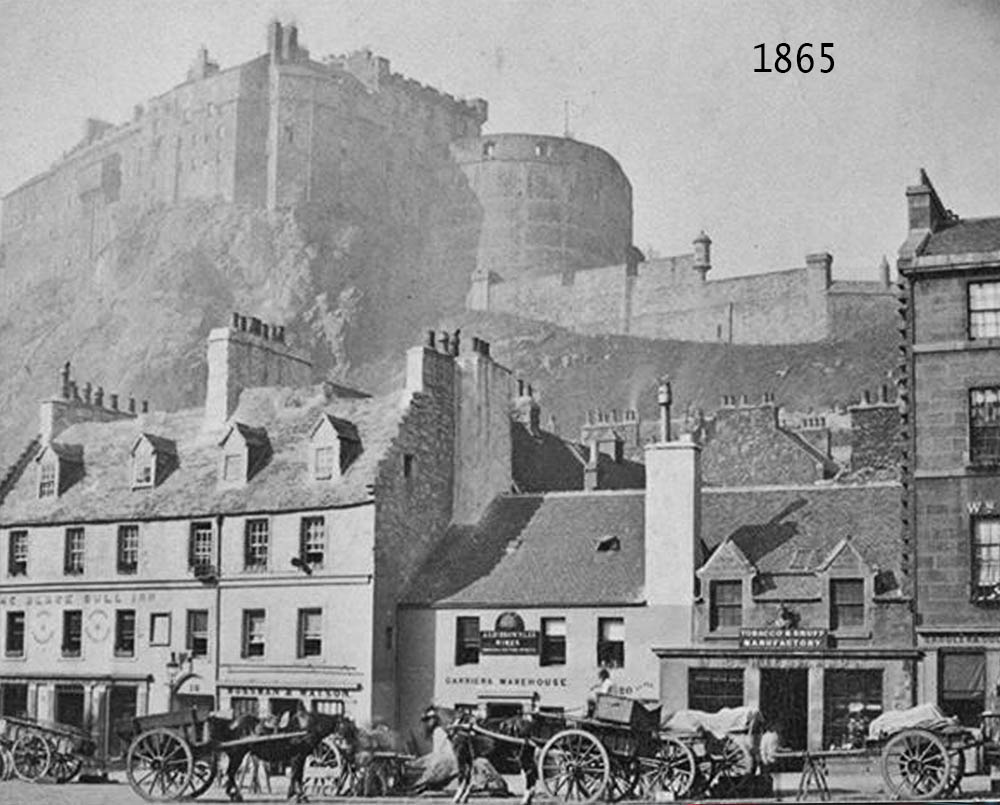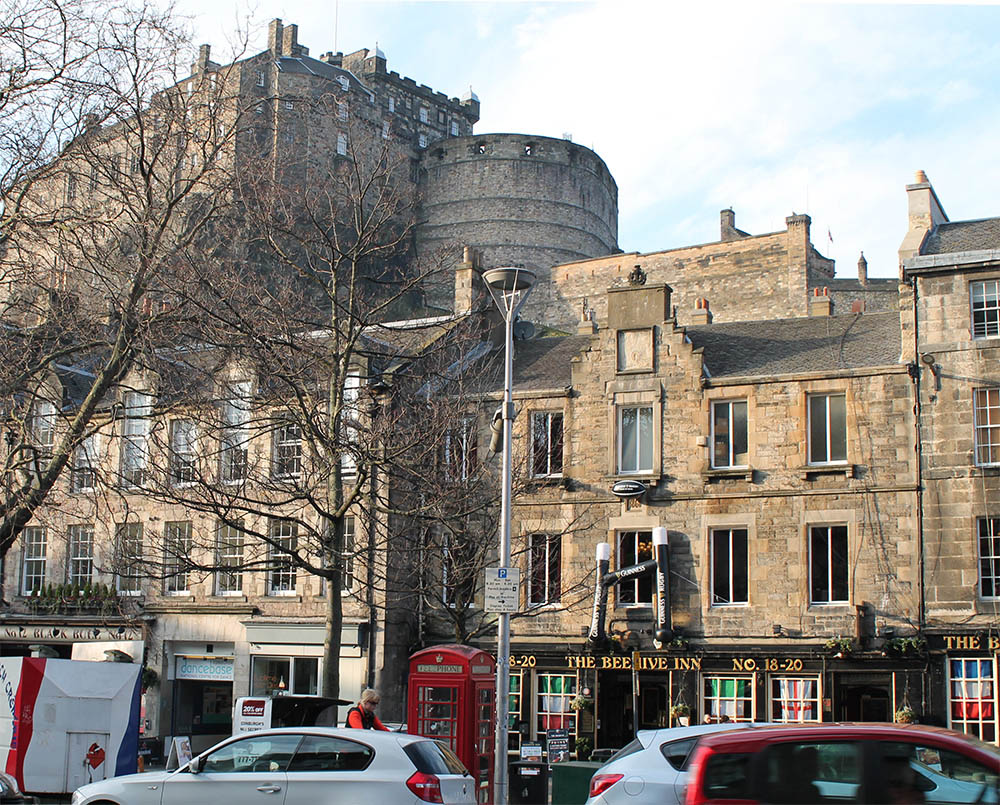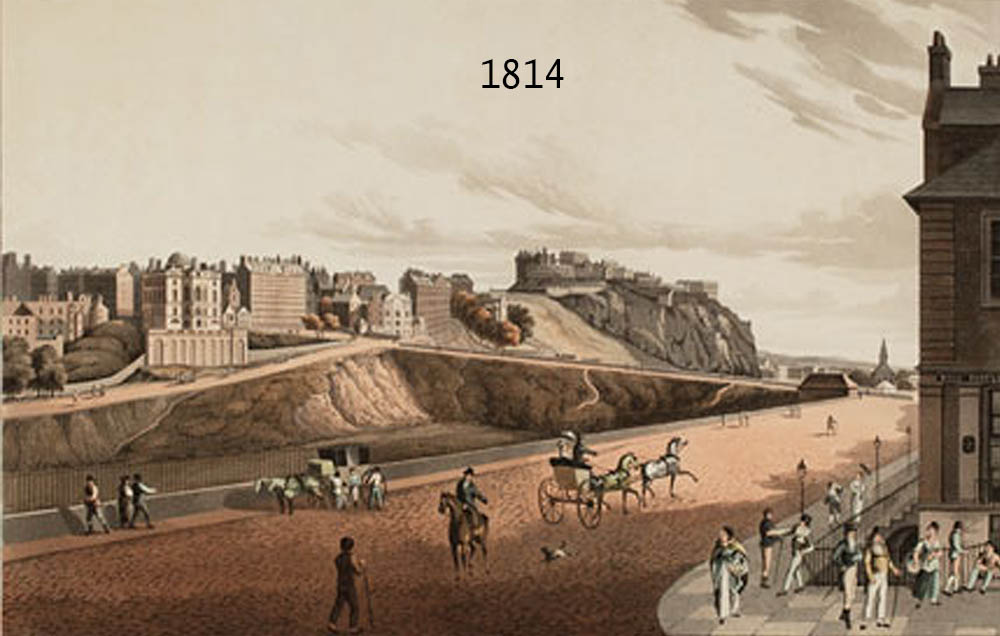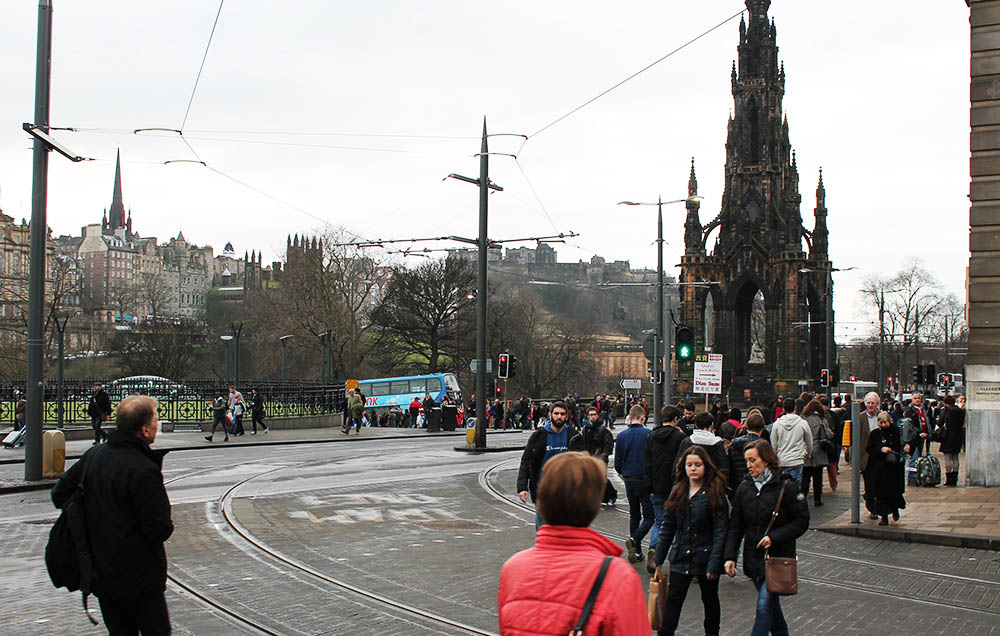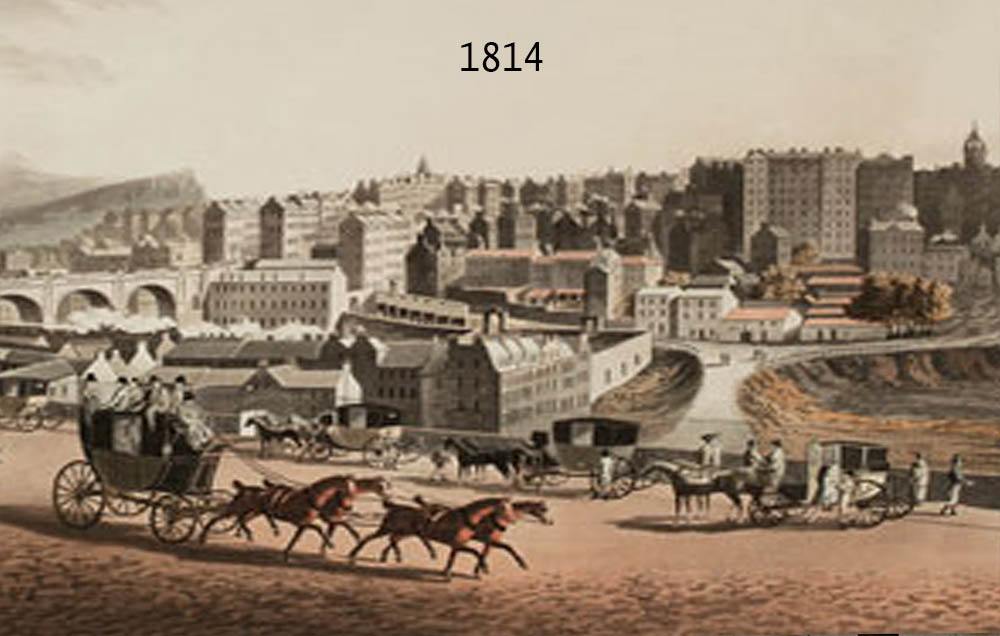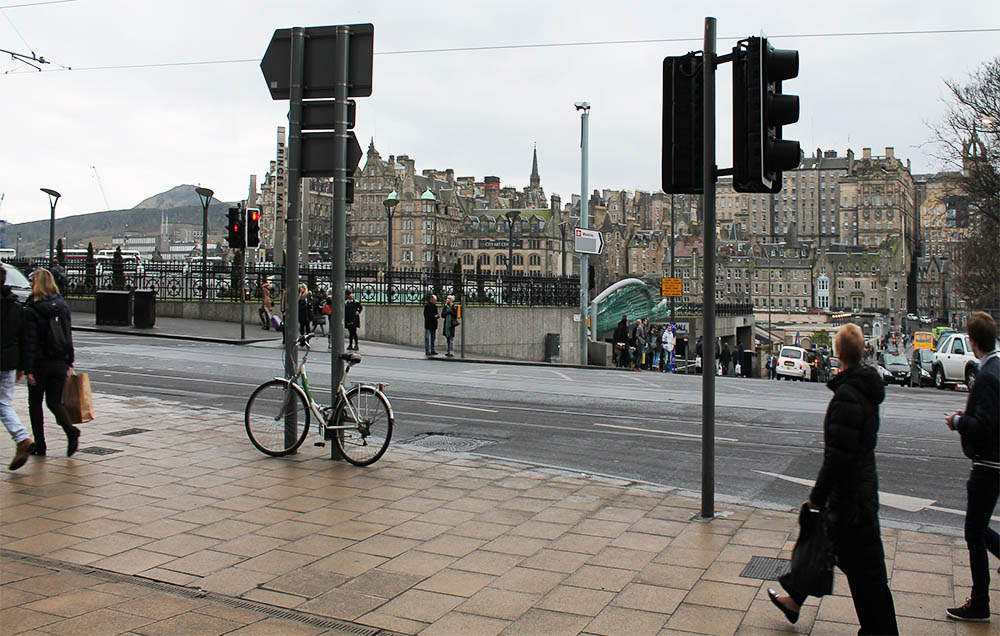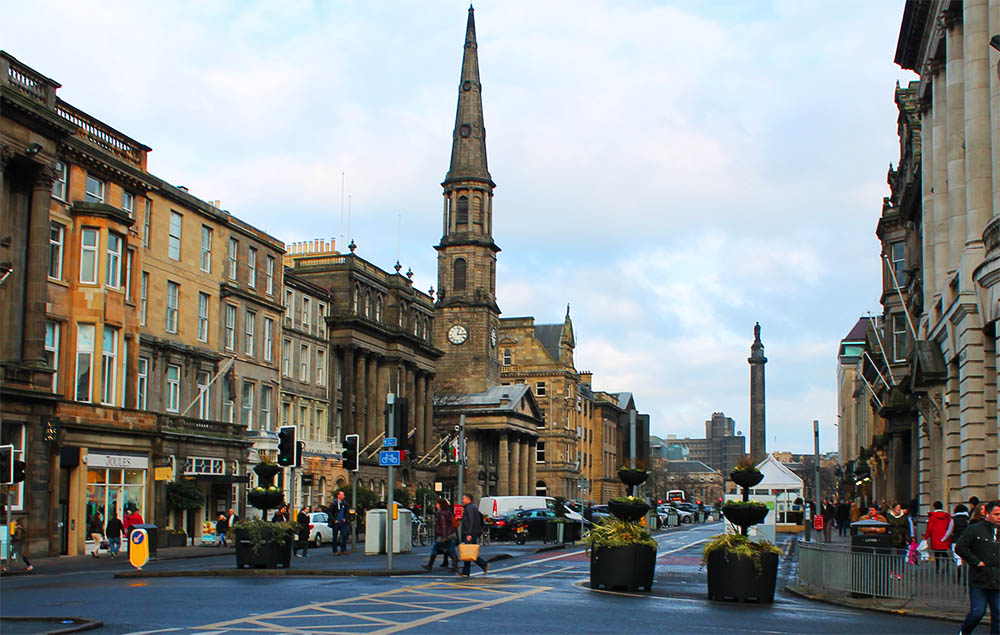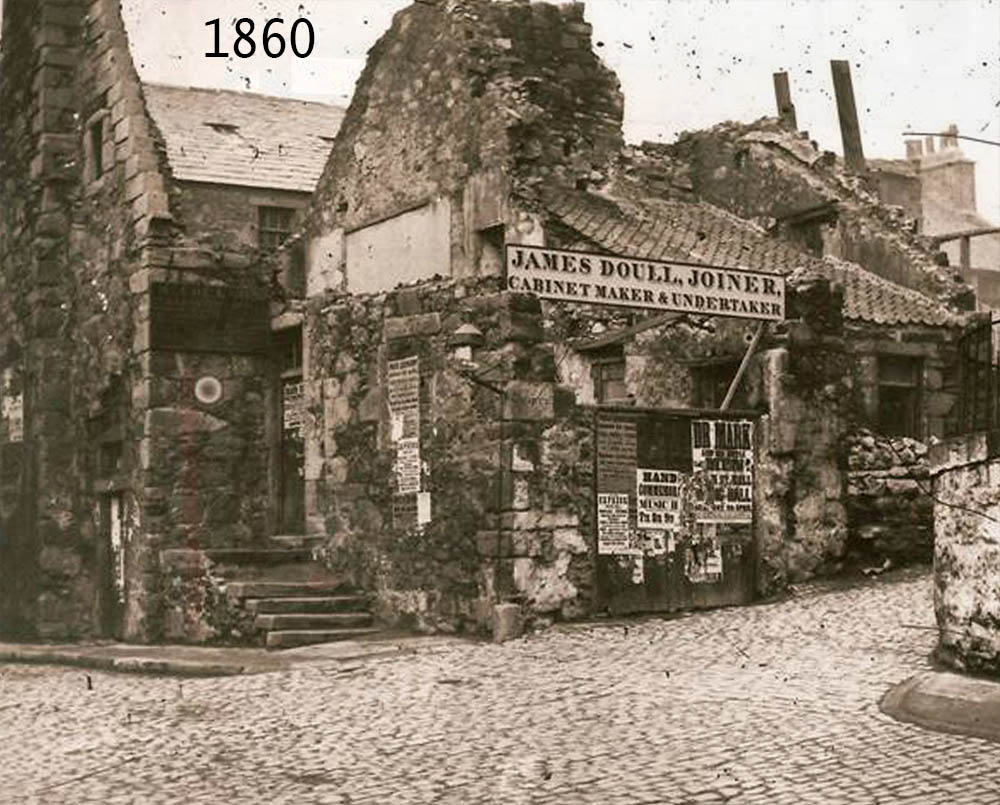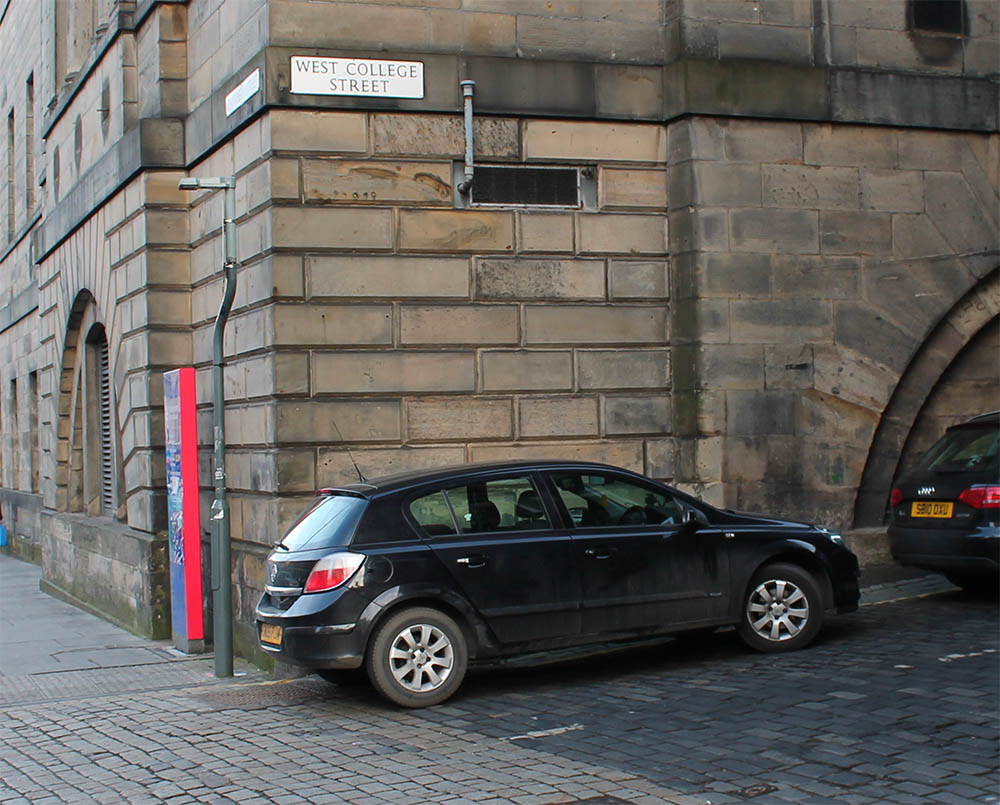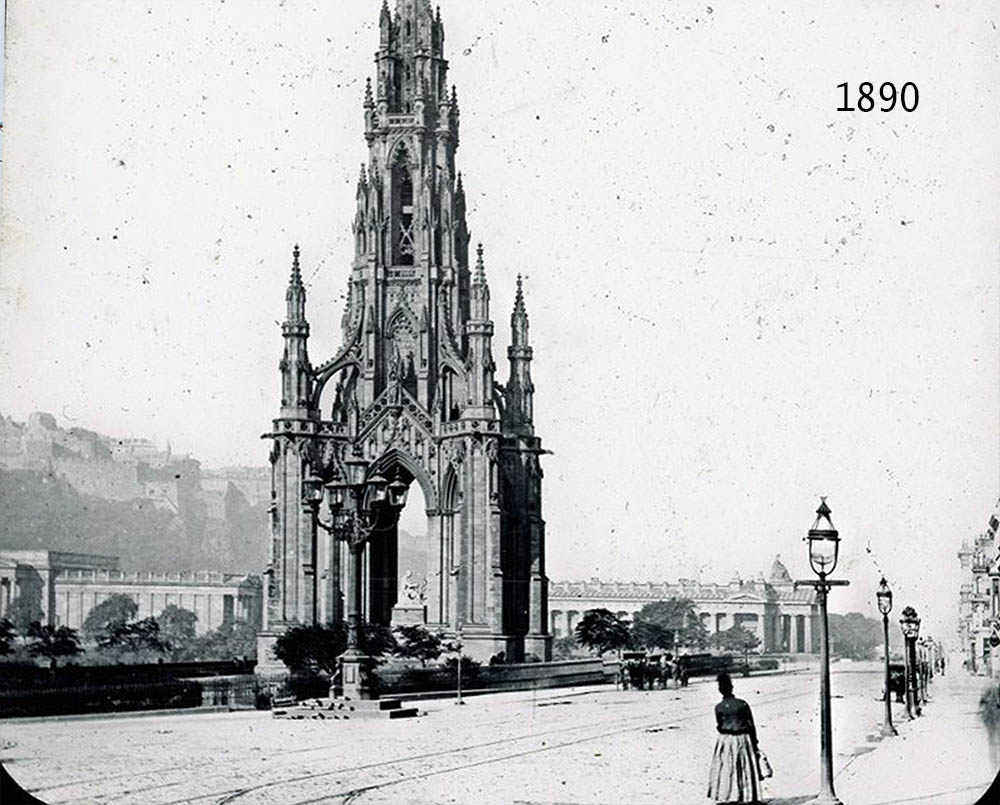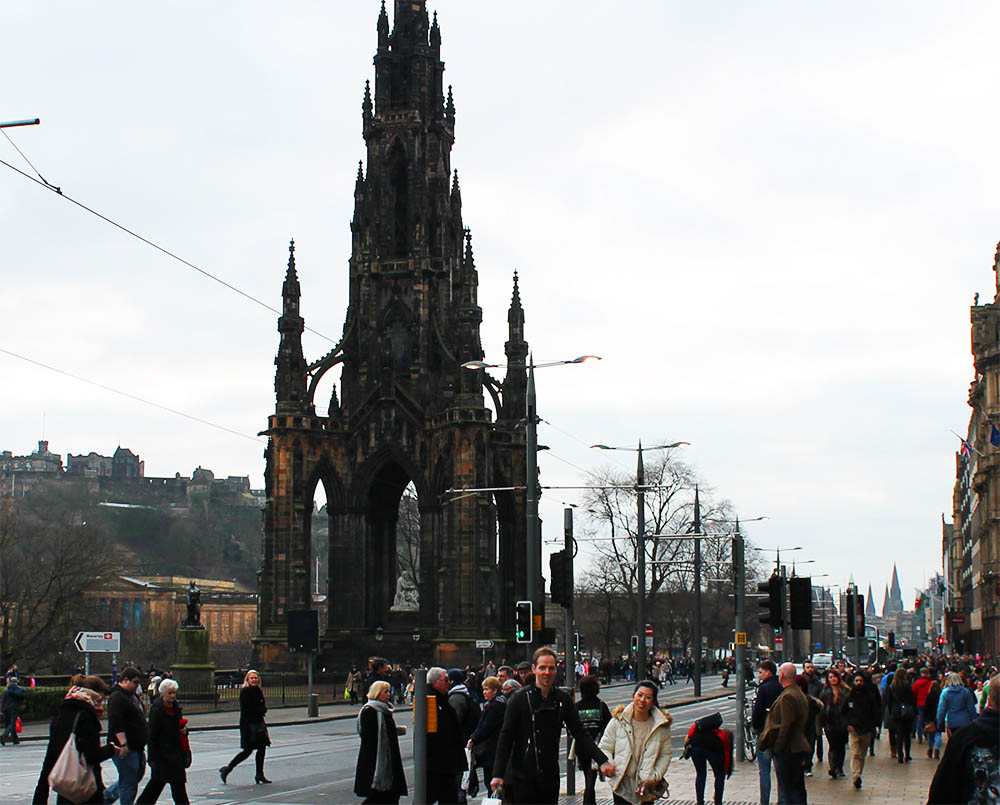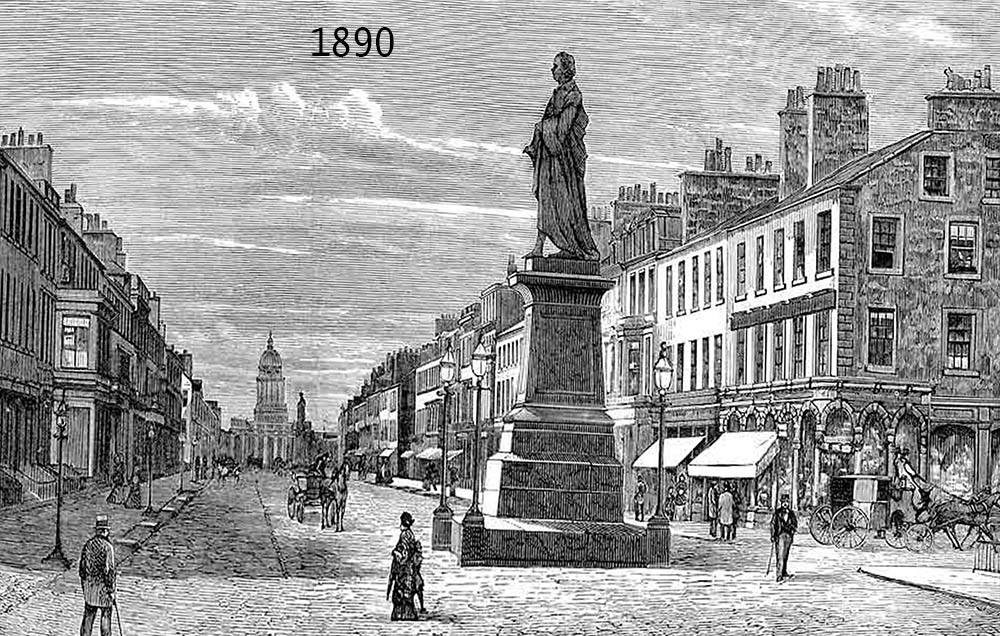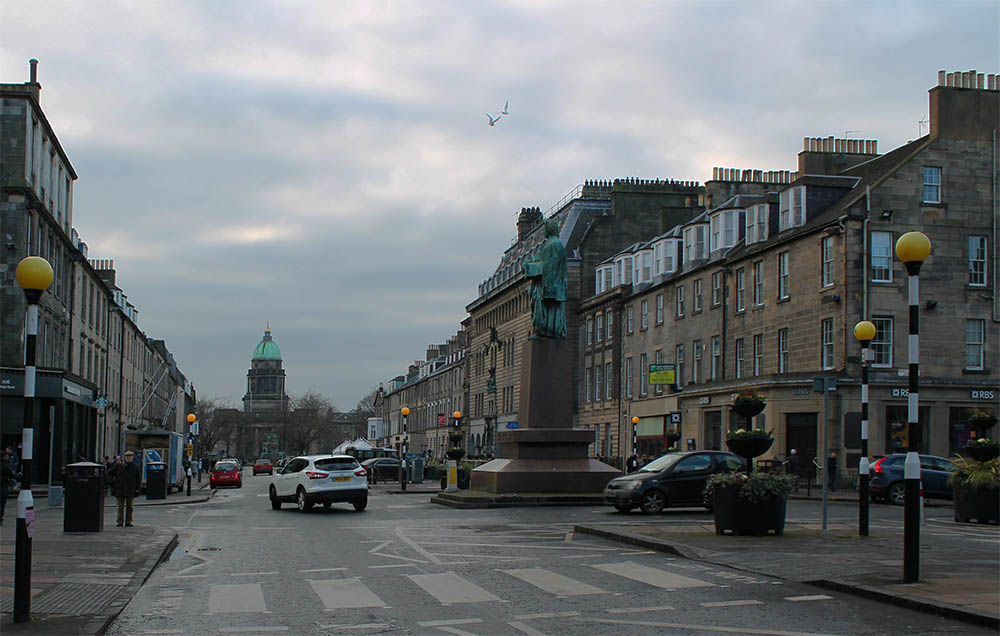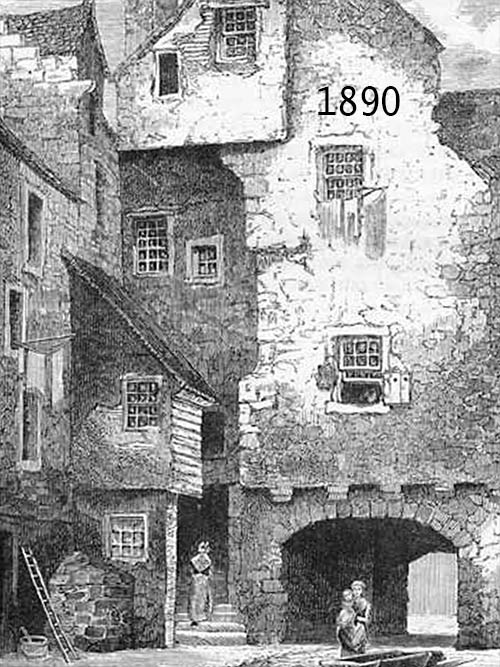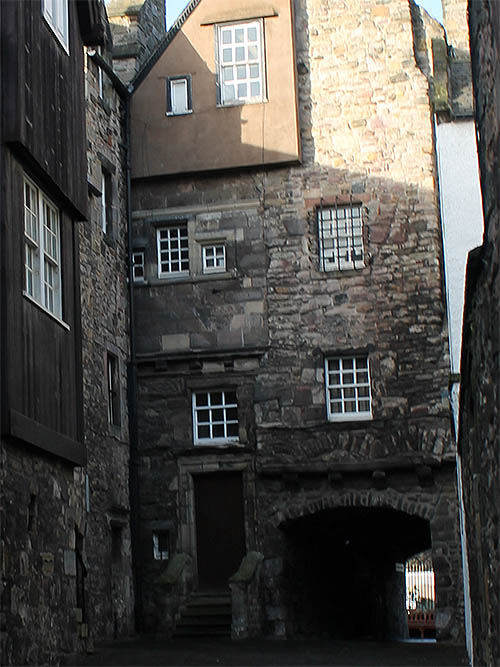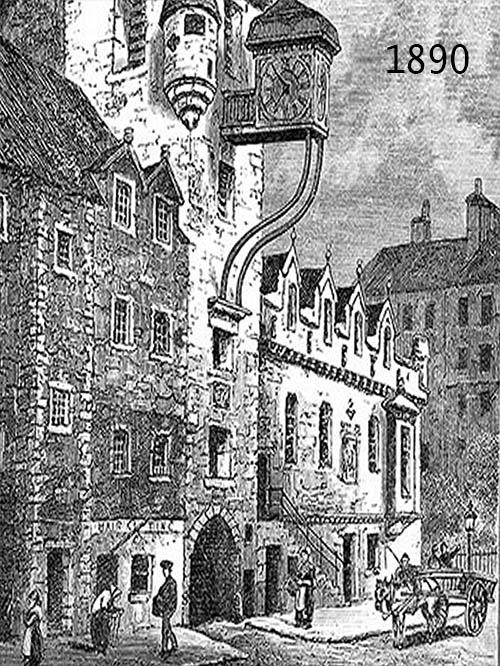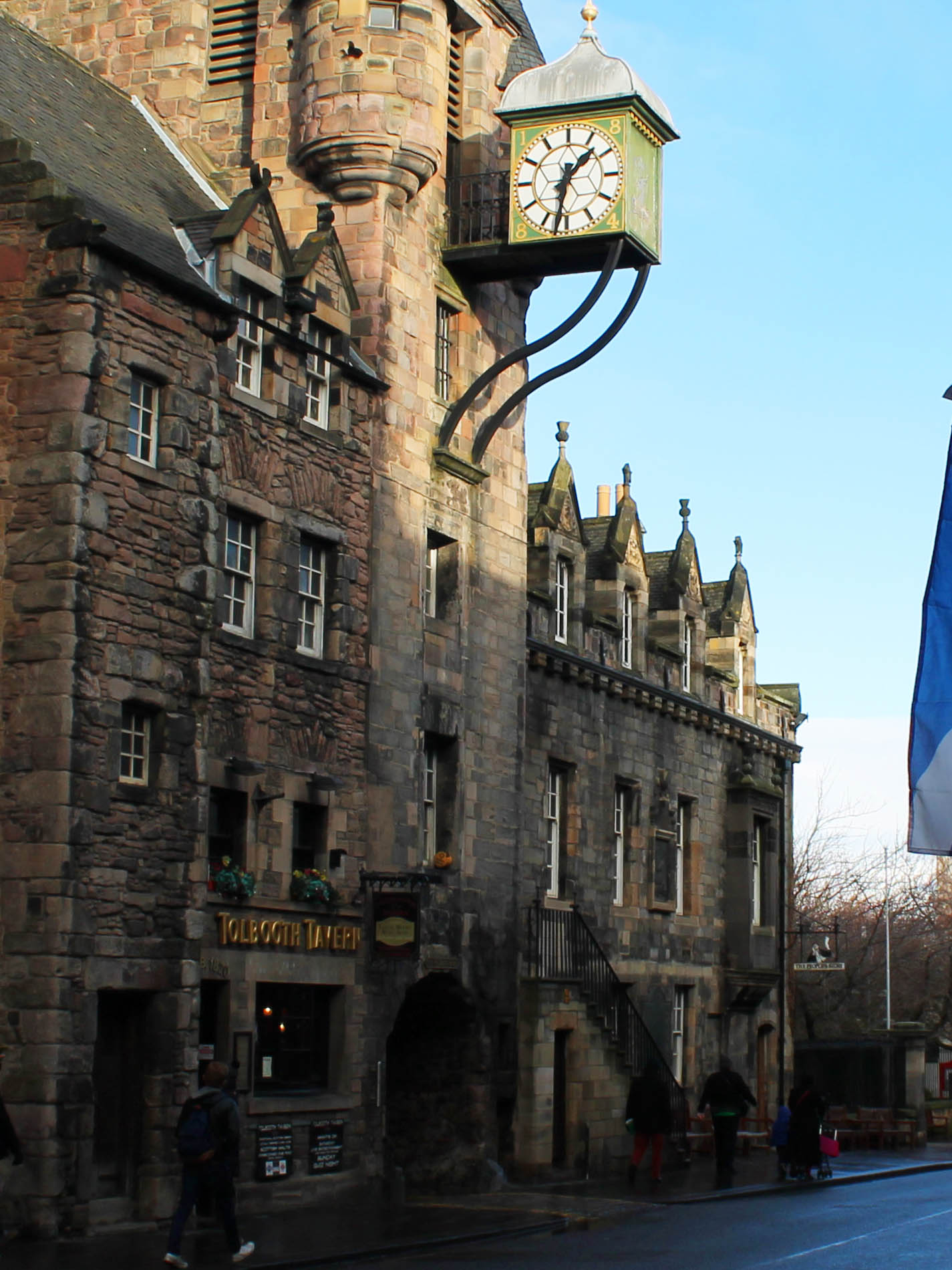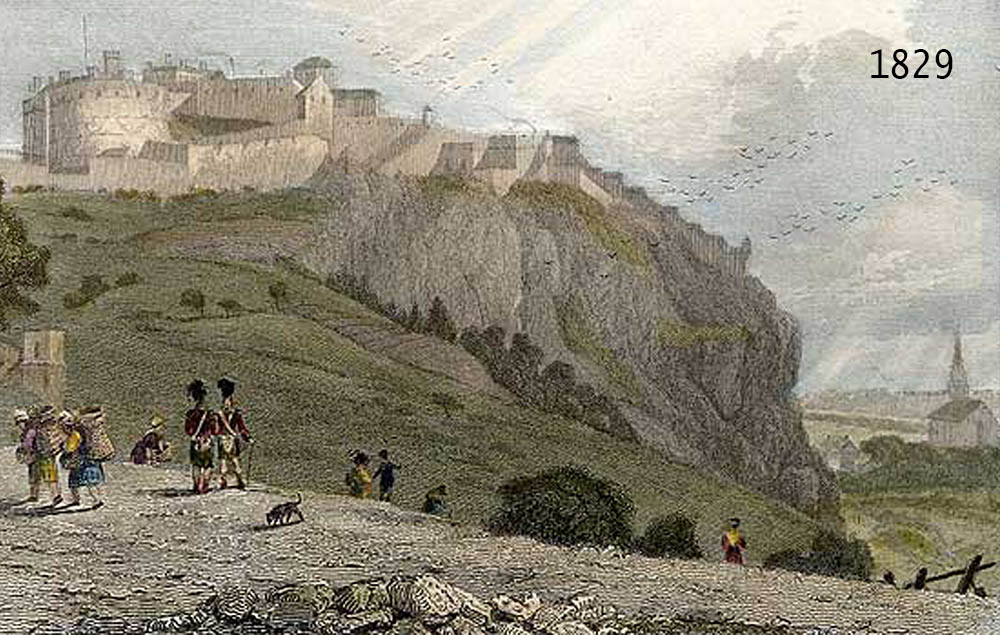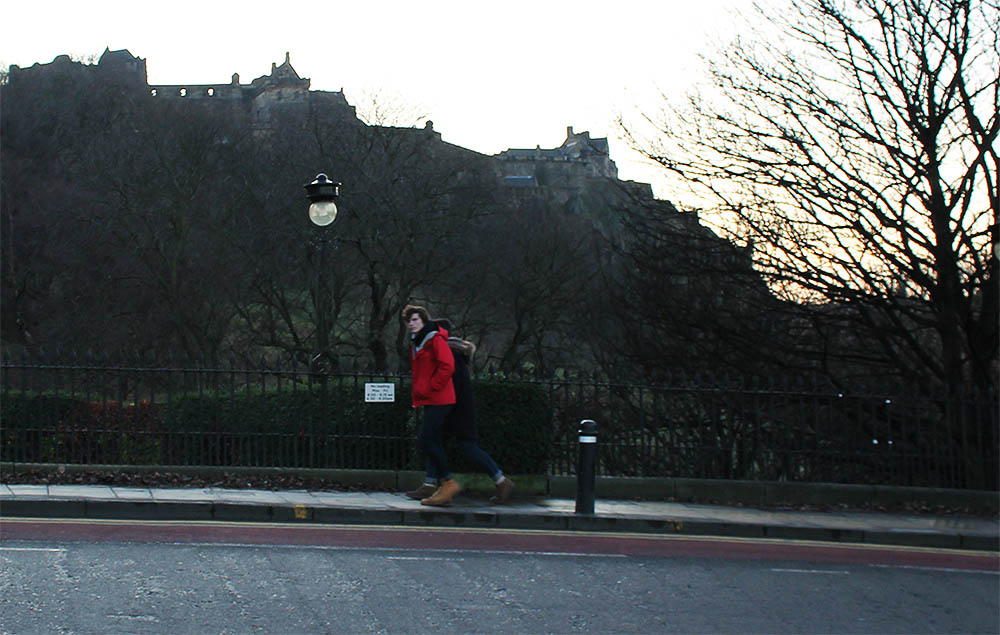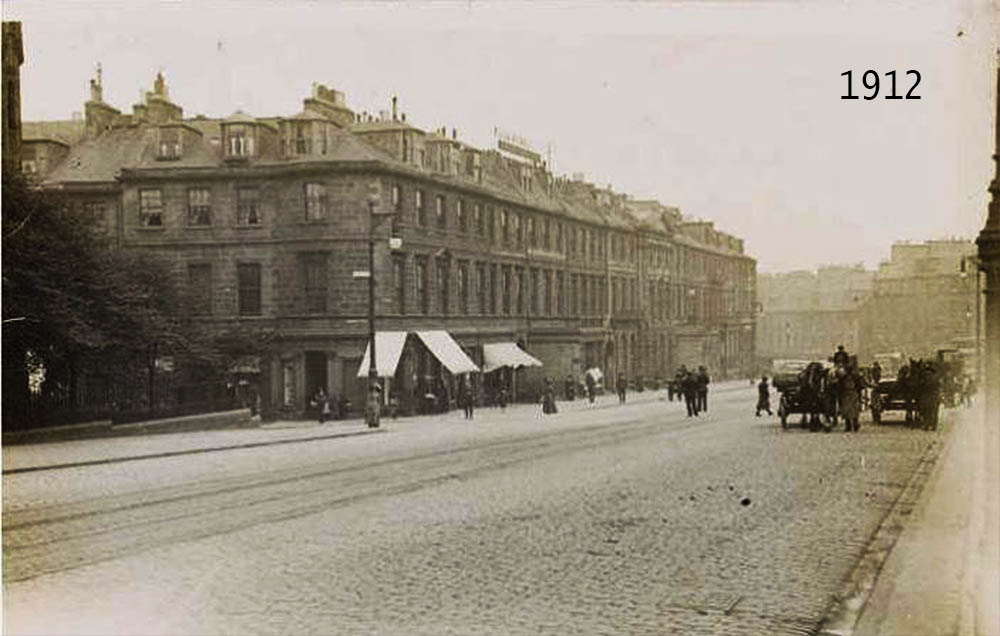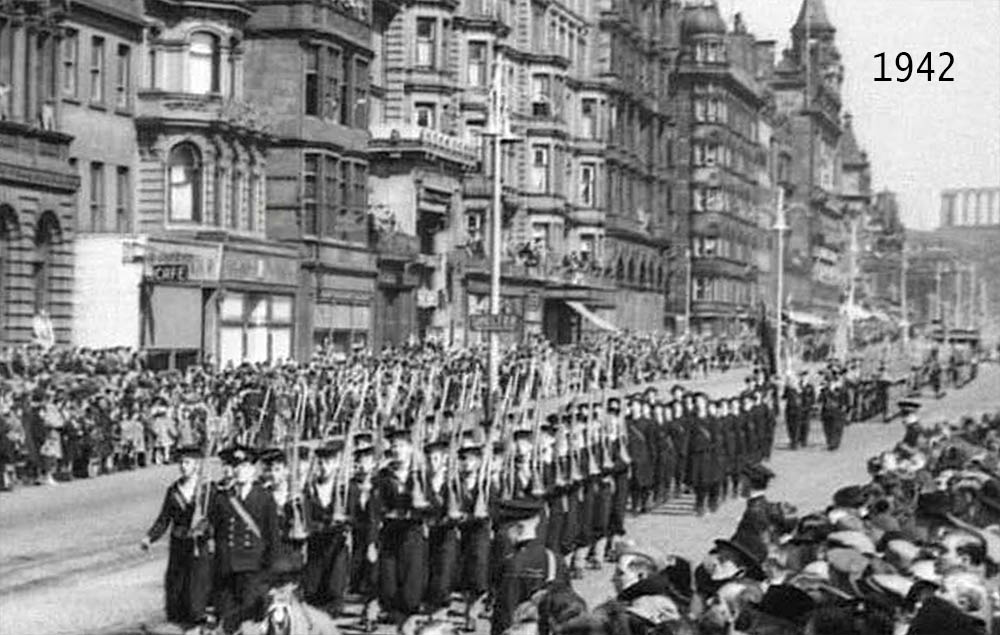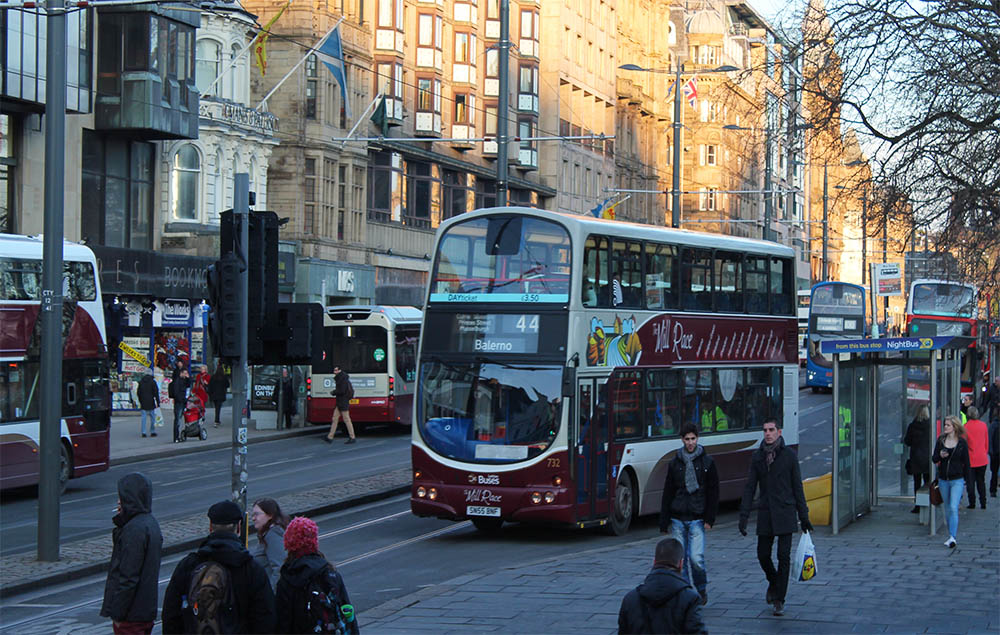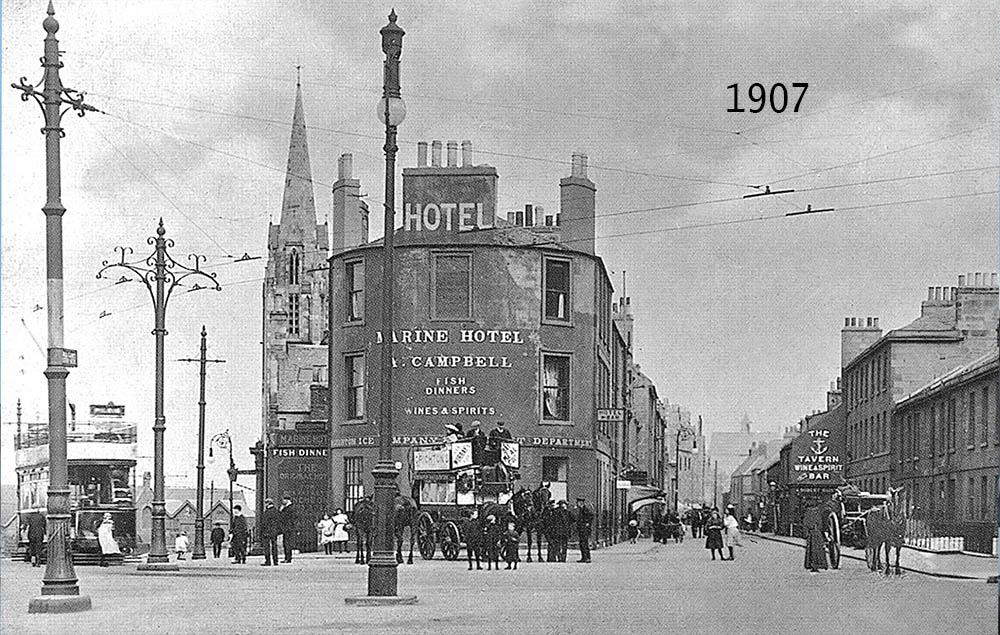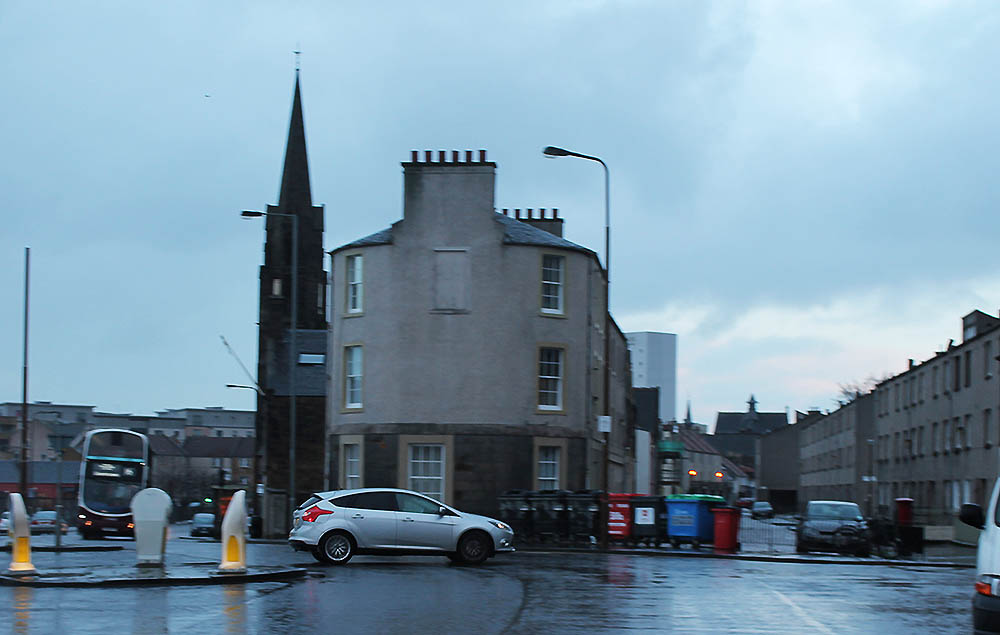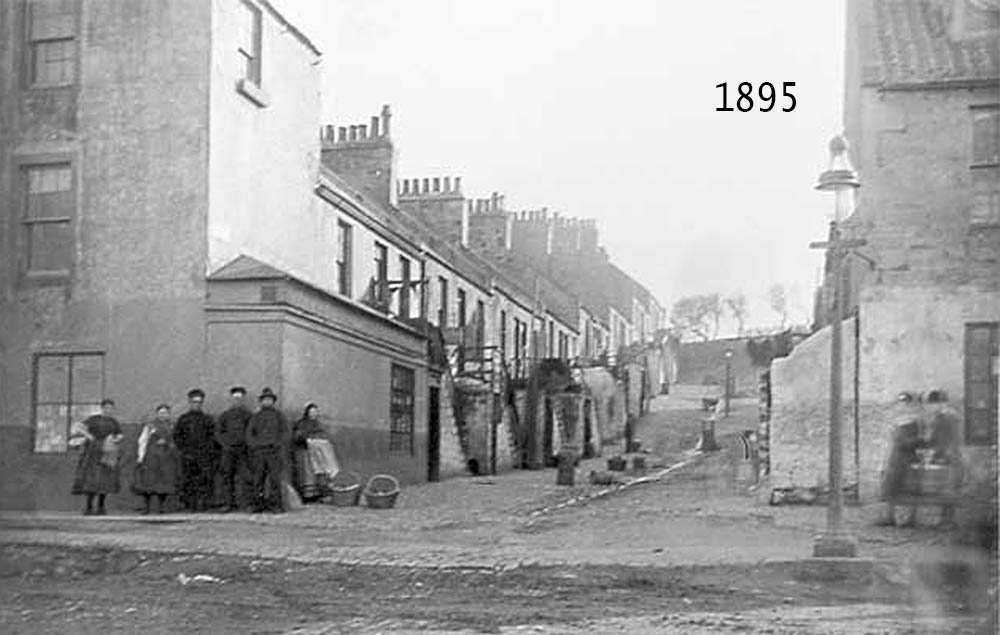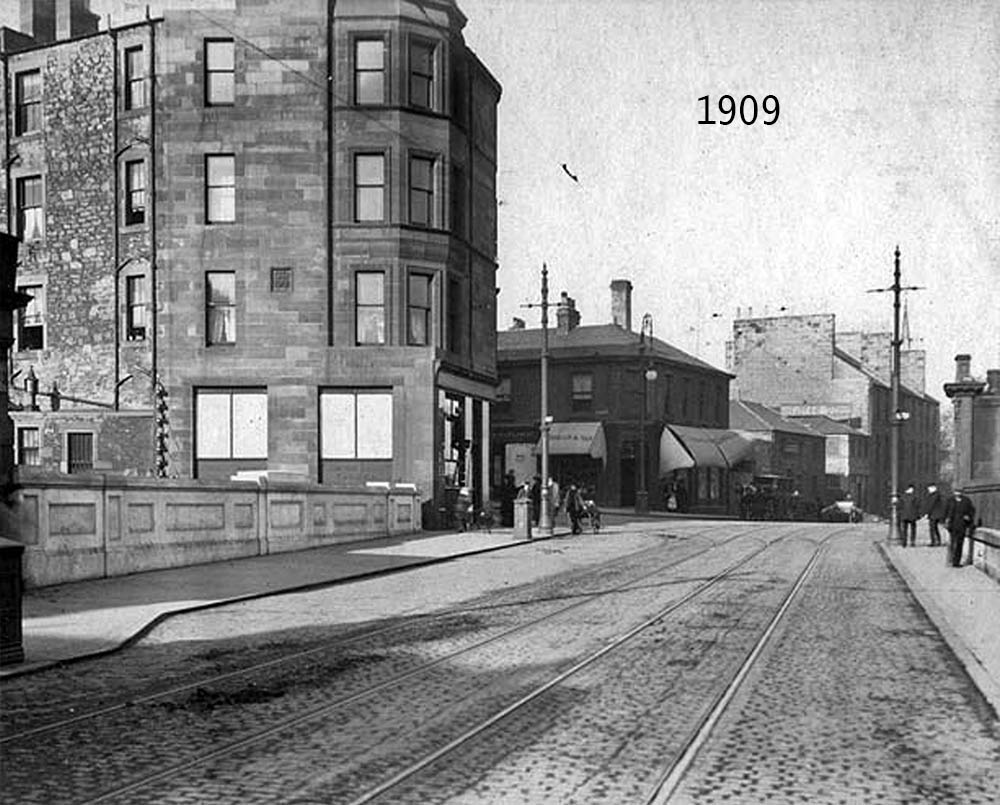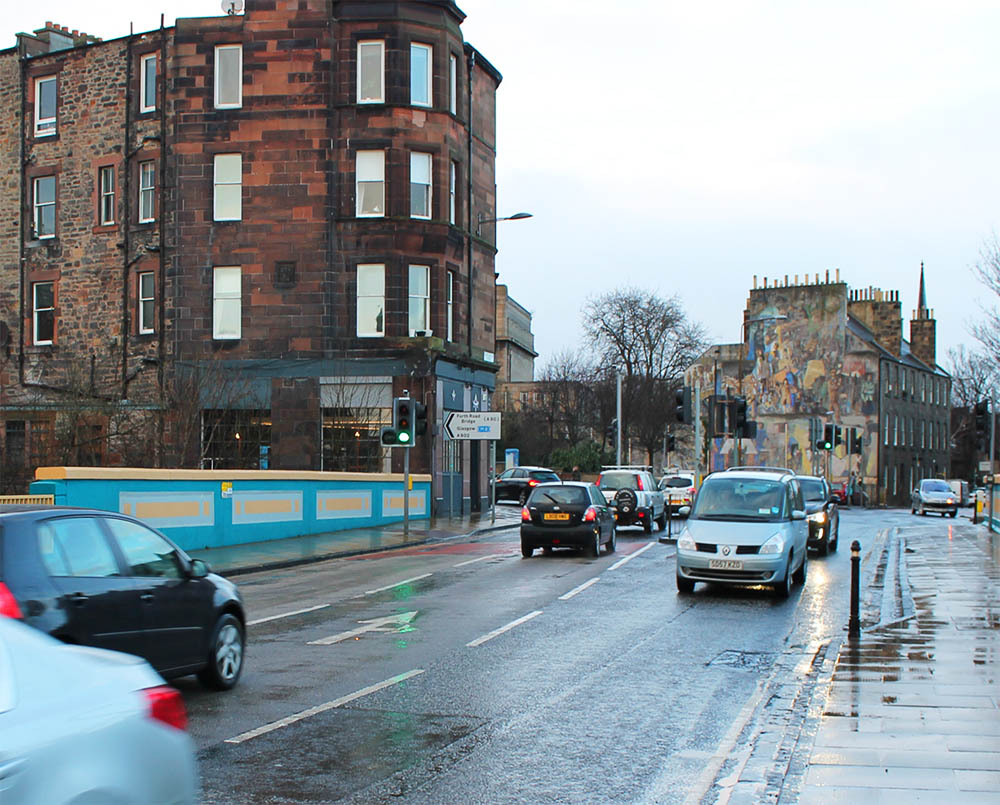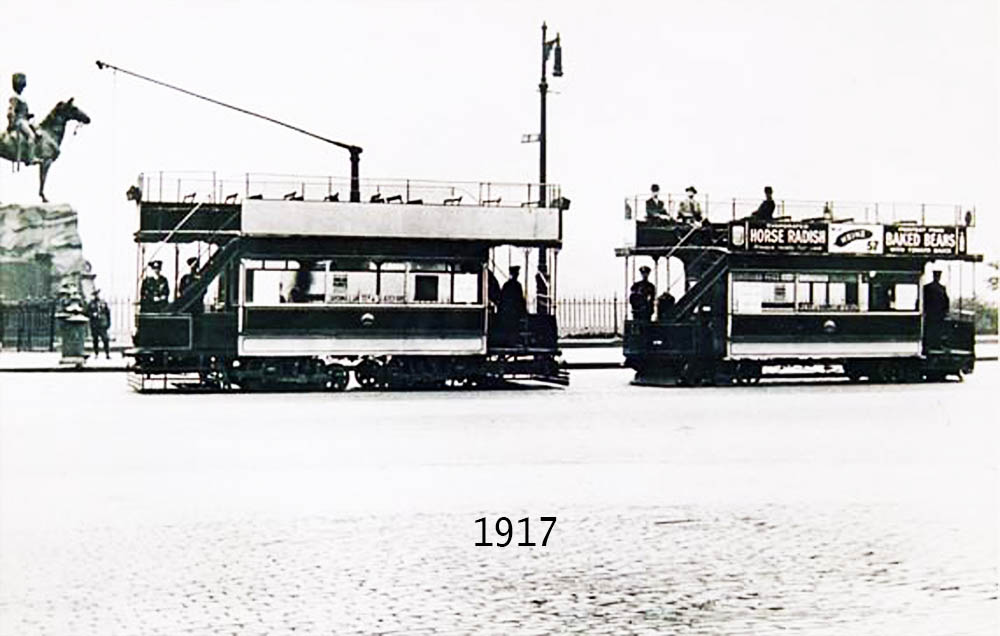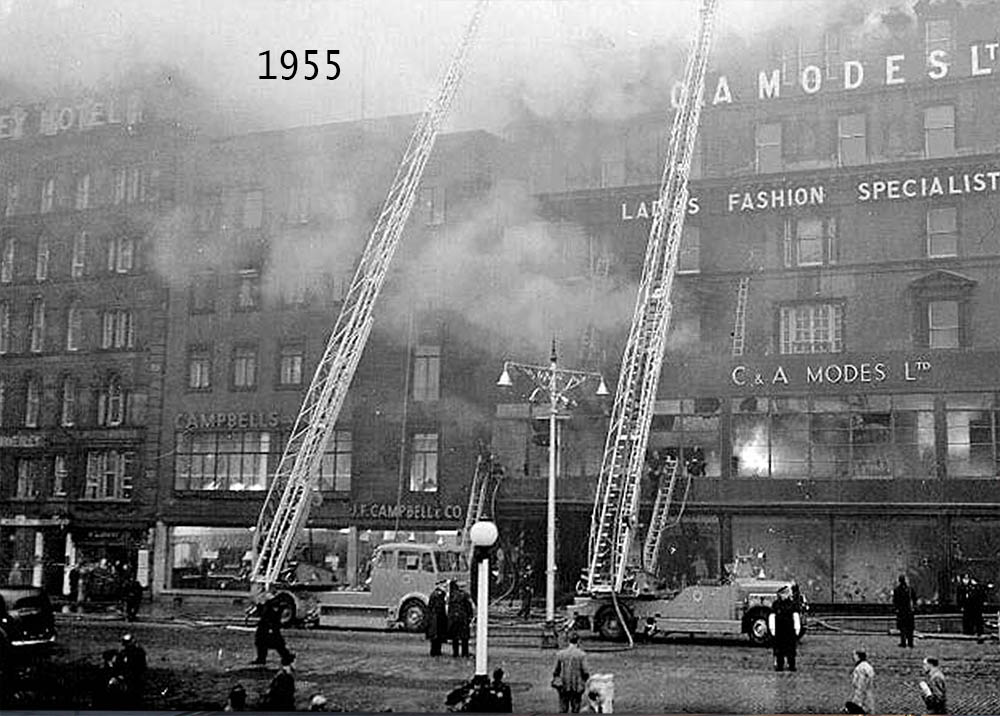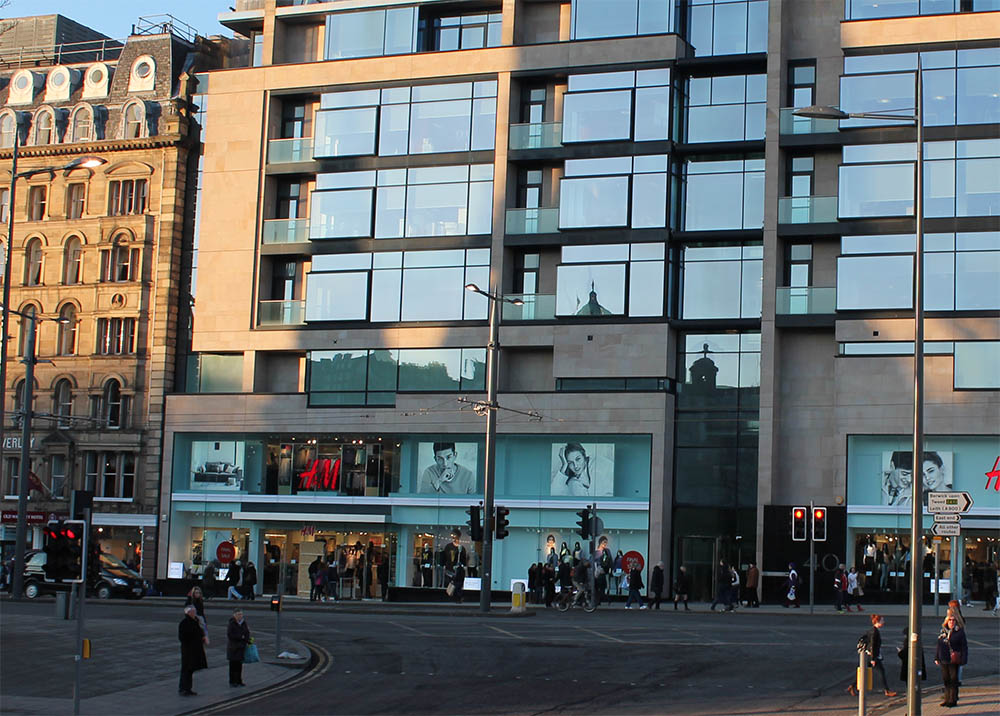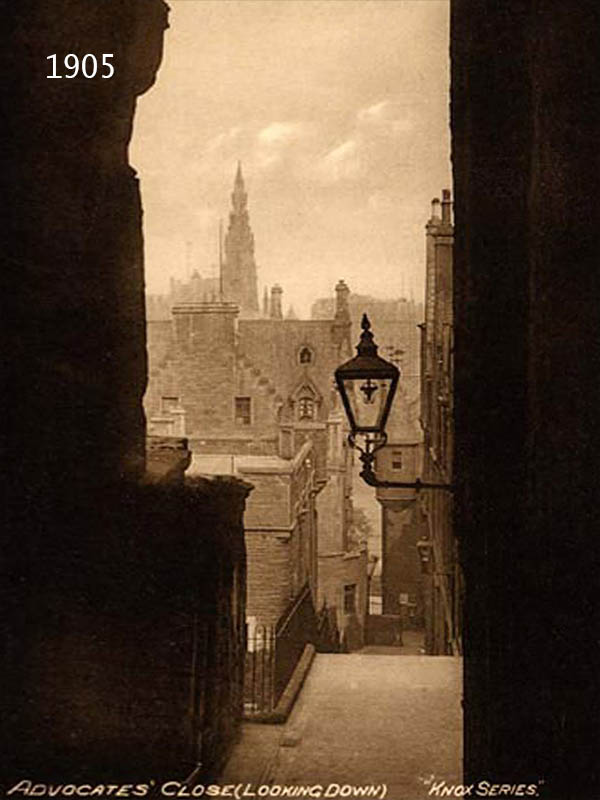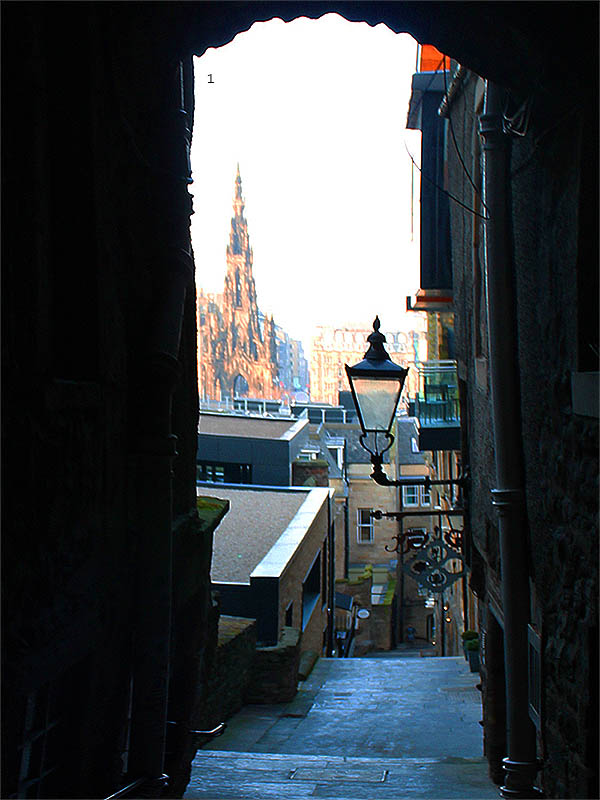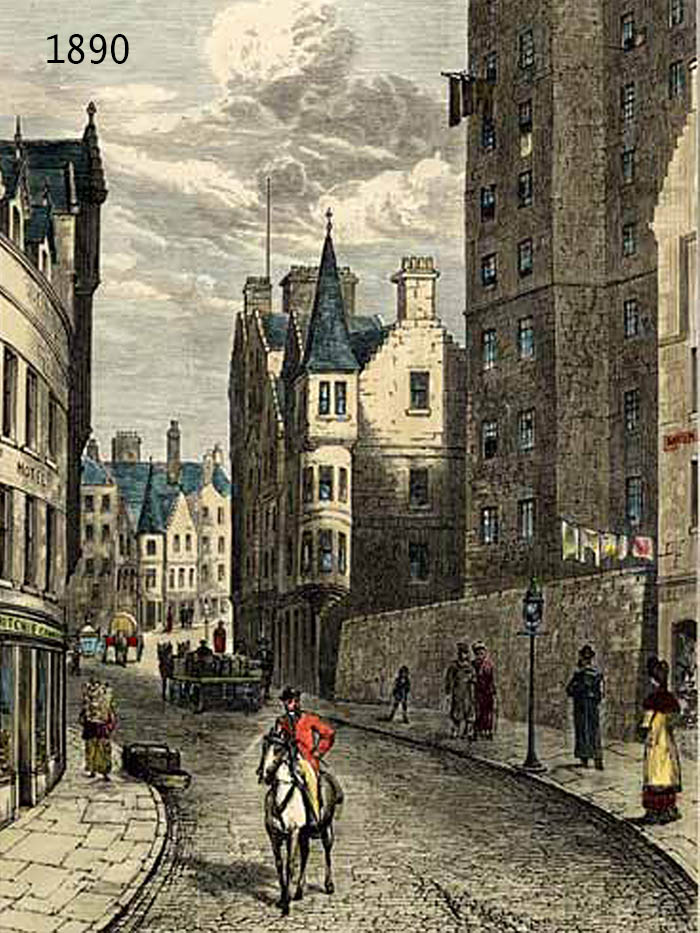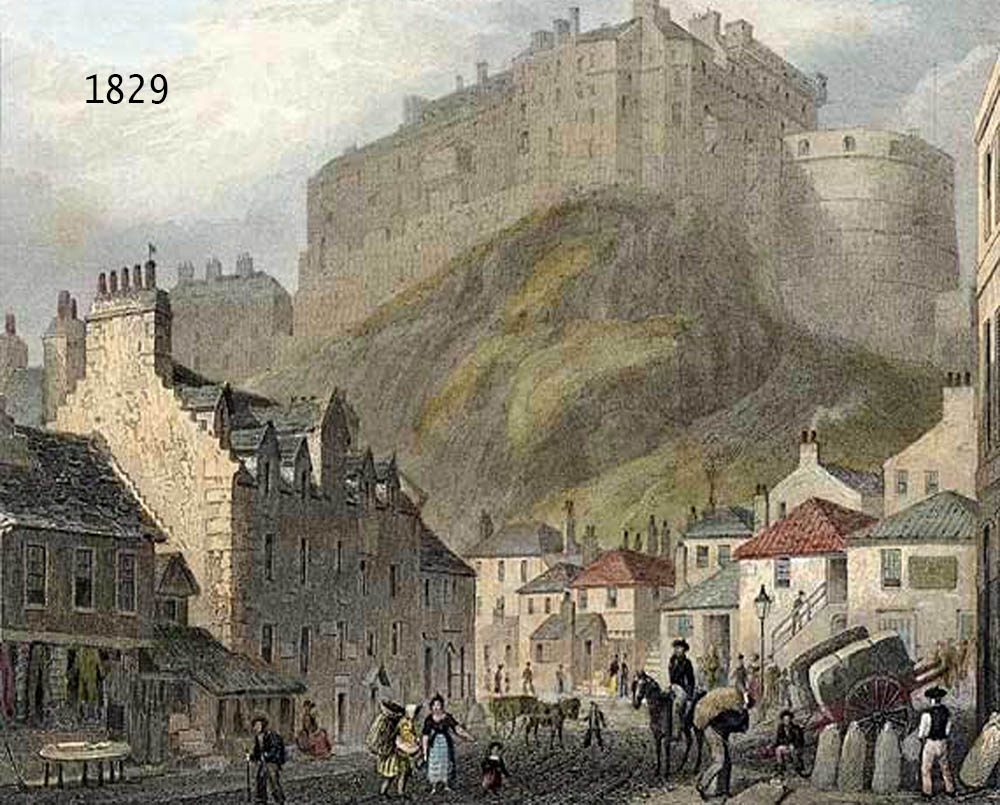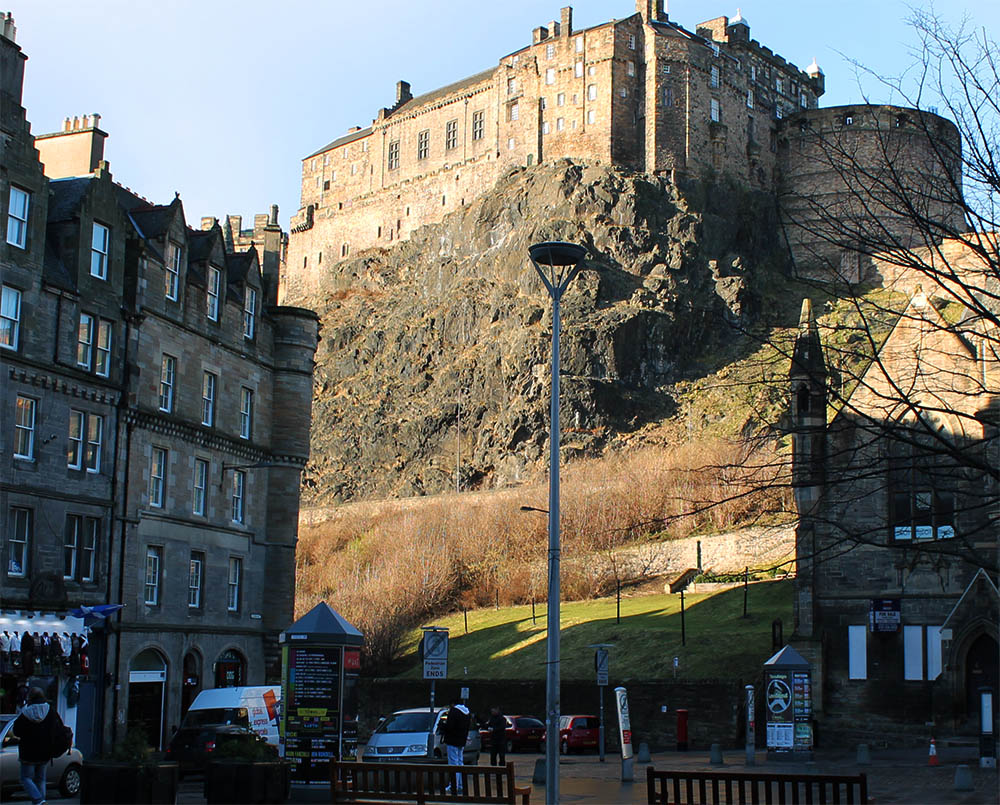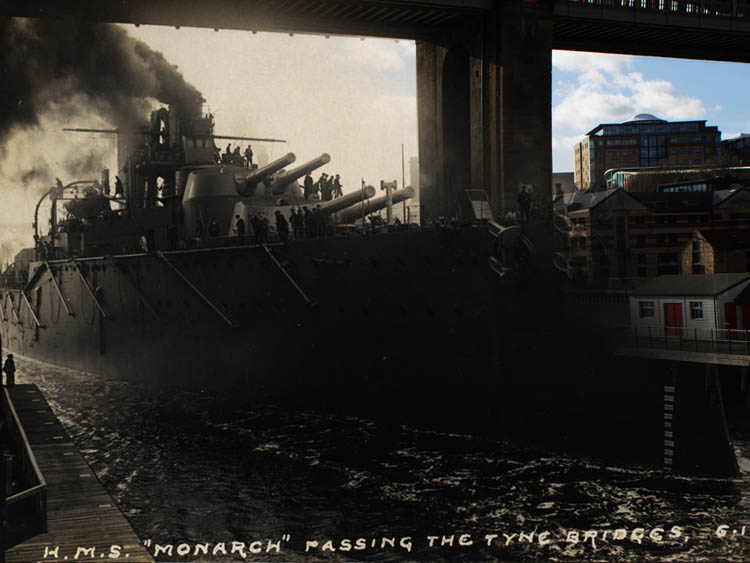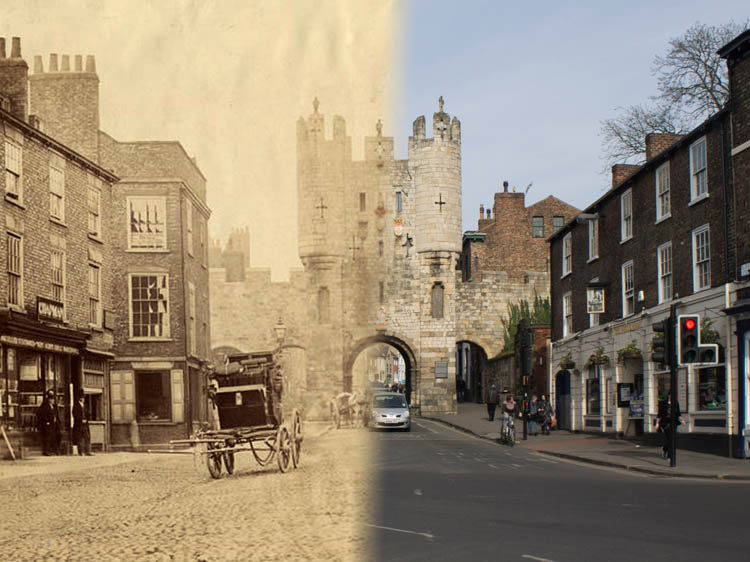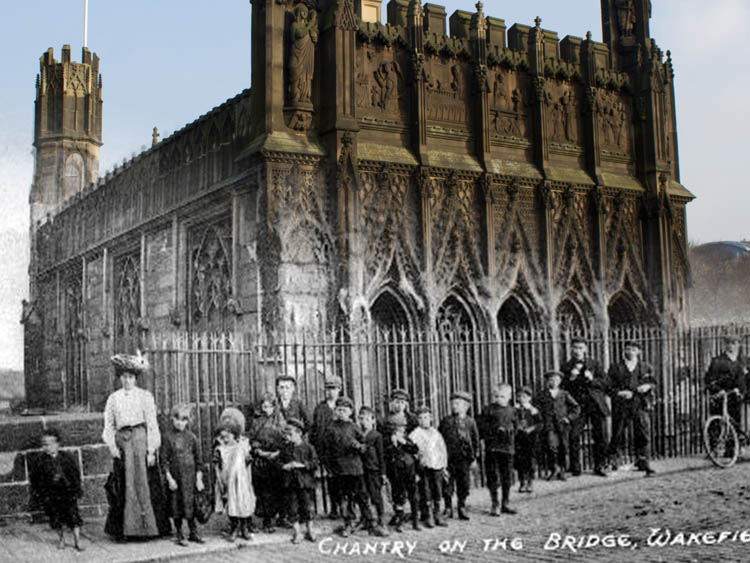Partner City
Edinburgh
Athens of the North
Adam Smith, David Hume, Sean Connery, J.K. Rowling and Alexander Graham Bell are but a few of the world-shaping figures who have called Edinburgh home. The breadth and depth of talent produced by this small city in Scotland undeniably owes something to its unique character. Going back to Neolithic times people have lived on the crag that dominates Edinburgh, the crag that is now itself dominated by the castle. Until the early 19th Century a small loch on the north side of the crag prevented the city's further expansion, meaning things became very cramped within the city walls. People from every social class mingled in gigantic tenemtents that may have towered fifteen stories. Sometimes these are called the world's first skyscrapers. This close mingling of the orders promoted an egalitarian spirit that caused men and women to fearlessly probe difficult social questions, while the challenging geography necessitated an ingenuity in engineering beyond that of other cities. Unsurprisingly, Edinburgh soon gained a reputation as a city of intellectual pursuit at the heart of the Scottish Enlightenment. Benjamin Franklin visiting in the 1790s said "the University of Edinburgh possessed a set of truly great men, Professors of Several Branches of Knowledge, as have ever appeared in any age or country." The manic industrialization that affected most other parts of the British Isles largely passed Edinburgh by. Instead the city retained its reputation as a seat of learning, of publishing and of brewing. Eventually Nor Loch was drained, allowing the rich to resettle into the carefully planned New Town to the north, while the Old Town retained its claustrophobic warren-like character. Into the 21st Century Edinburgh hasn't really changed all that much, as you can see from these photos. It has expanded, new monuments have been erected, buildings renovated, more tourists visit. But the city, to a remarkable degree, has retained its medieval charm. Most of the Then photos are reproduced courtesy of Peter J. Stubbs from his impressively comprehensive Edinphoto page, in addition to a couple are from the fantastic Lost Edinburgh Facebook Group and a few other sources as noted. I took the Now photos in January 2015.
Explore
Edinburgh
Then and Now Photos
Castle over Grassmarket
1863
The ghost of a horse-drawn cart has been caught on this old exposure of the Grassmarket.
The Assembly Rooms
Modern Athens! Edinburgh in the 19th Century<
1820
The Assembly Rooms, one of the centrepieces of the freshly occupied New Town. Completed in 1787, the building was designed for social gatherings like balls and galas. Judging by the people in the street one such event was going on at the time the engraver was working. Today it is also employed as an art gallery.
Horse Buggies on Princes St.
1814
An engraving by John Clark looking towards the Old Town from Princes Street. Obviously a lot has changed in the last 201 years. At the time of the engraving Nor Loch had only been partially drained, though the Northern Bridge had been built. Today this is where Waverely Station sits.
Cariages on Princes St.
1814
Another view of the Old Town from posh Princes Street. The tall solidly built structure on the right is the City Hall Chambers.
George Street
1829
Looking down George Street we see St. Andrew's Church, completed in 1784. The column in the distance is the Grand Melville Monument built in honour of Henry Dundas, the Viscount Melville. He was often called 'the uncrowned King of Scotland' for all the power he had amassed during his stint in government. It's no surprise then that his statue looks down upon George Street, which was named for his sovereign, George III. The column hasn't moved, by the way, I just got the perspective slightly off.
Cabinetmaker & Joiner
1860
A cabinetmaker and undertaker's business on Chambers Street. Shortly after this photo was taken all the buildings in this area were demolished and redeveloped into what would become the National Museum of Scotland.
Scott Monument
1890
A view of Scott Monument and Princes Street at a much less busy time.
Statue of William Pitt
1890
A statue of William Pitt the Younger features prominently on George Street, Edinburgh's most prestigious shopping street.
Canongate Tolbooth
1890
Canongate Tolbooth on the Royal Mile. This odd structure was constructed in 1591 and served as a tollbooth, council house, courtroom and jail.
Ramsay Gardens
Modern Athens! Edinburgh in the 19th Century<
1829
A view of Edinburgh Castle from near the Ramsay Gardens. Most of the gardens were developed in the 1890s into the distinctive Ramsay Garden apartment block which can be seen from Princes Street.
Military Parade
1942
Crowds turn out to watch British sailors parade down Princes Street during Allies Week in 1942. The photo was taken from the entrance to the Scottish National Gallery looking east towards the Scott Monument.
Marine Hotel
1907
Newhaven's Marine Hotel on Starbank Road. You can see people riding on the roof of a two level carriage.
Homes on New Lane
1895
New Lane in Newhaven. Some of the homes have since been rebuilt, to be a bit larger and the street a bit less cramped.
Trams on Princes St.
1917
Trams on Princes Street. These double decker trams ran from 1871 but were phased out in 1956. A proposal to build a new tram system in Edinburgh was adopted in 2008 and the new system finally completed in May 2014.
Department Store Fire
1955
The C & A Modes department store burning furiously. As you can see the building didn't survive the fire.
Advocate's Close
1905
The view looking down Advocate's Close just off the Royal Mile. The Scott Monument is visible. Advocate's Close is named for Sir James Stewart of Goodtrees, the last Advocate of Scotland before the Act of Union in 1707.
Cockburn St.
1890
Cockburn Street (pronounced Co-Burn), designed to quickly connect the Royal Mile with Waverly Station in 1856 when it was cut through the labyrinth of Medieval closes in the area. On the right you can see the rear of the City Chambers which reaches 12 stories in height, impressive for the 18th Century.
Castle From Vennel Lane
Modern Athens! Edinburgh in the 19th Century<
1829
This painting was made from the perspective of Vennel Lane off Grassmarket. Some buildings at the foot of the castle have since been cleared while those on the left have been replaced.




